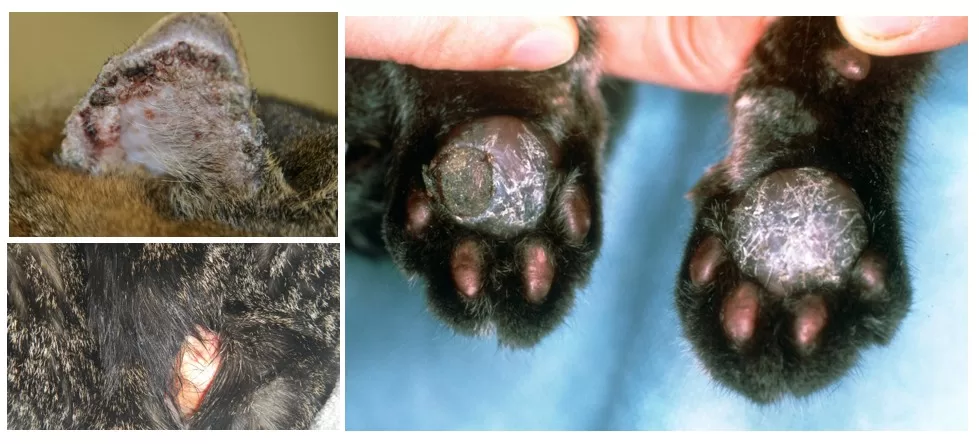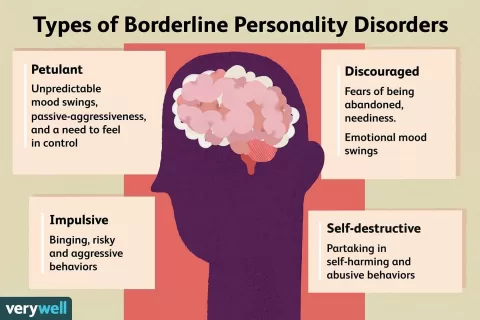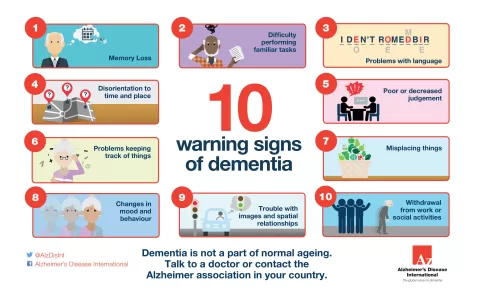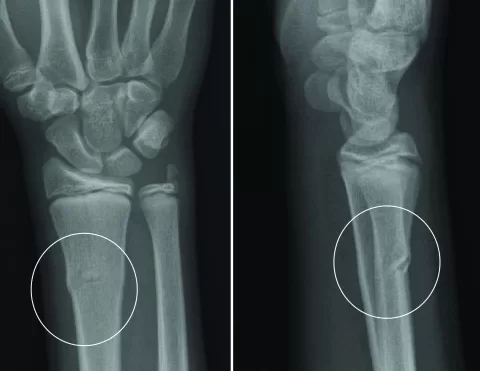Bowen’s disease in cats, scientifically known as feline bowenoid in situ carcinoma, is a serious skin condition that can pose significant health risks to our feline companions. This type of cat skin cancer primarily affects older cats and is characterized by abnormal skin lesions that can develop on various parts of the body, including the head, neck, and legs. Understanding the symptoms of Bowen’s disease is crucial for effective cat health management, as early detection can lead to more favorable outcomes. The lesions associated with Bowen’s disease can closely resemble other skin conditions, making awareness vital for pet owners. By recognizing warning signs and consulting with veterinarians, you can contribute to your cat’s well-being and potentially prevent the advancement of squamous cell carcinoma in cats.
Also referred to as feline bowenoid in situ carcinoma, Bowen’s disease is a type of skin cancer in cats that warrants close attention, especially among older felines. This skin condition often manifests as multiple irregular lesions that can be alarming to notice, as they may resemble various dermatological issues. Pet owners should be vigilant about changes in their cat’s skin, as symptoms of Bowen’s disease can include red or brown patches and bumps that might be uncomfortable for your pet. As our feline friends age, the risk for these types of lesions increases, making it essential to prioritize routine health check-ups and proactive monitoring. By understanding and managing the risks associated with Bowen’s disease, cat owners can help ensure their pets lead healthy, fulfilling lives.
A Comprehensive Overview of Bowen’s Disease in Cats
Bowen’s disease, or feline bowenoid in situ carcinoma, is a serious skin condition that primarily affects older cats. It is characterized by a pre-cancerous stage involving multiple lesions that can appear on different parts of the body. Pet owners should be aware that these lesions often have a scaly and irregular appearance, which makes diagnosis crucial. Understanding the pathology of this condition can significantly improve a cat’s health management, leading to timely and effective treatment.
As a subtype of squamous cell carcinoma (SCC), Bowen’s disease is particularly concerning due to its potential to progress if not treated early. Cats that present with multiple skin lesions might be overlooked; however, early detection can provide better treatment outcomes. Thus, recognizing the early symptoms of Bowen’s disease is essential for cat owners who want to ensure their pets maintain optimal health.
Why Older Cats Are More Susceptible to Bowen’s Disease
Older cats, particularly those above the age of 10, face a higher risk of developing Bowen’s disease due to a natural decline in their immune function. As cats age, their bodies may become less equipped to fight off not only infections but also potential malignancies. This immune suppression can result in an increased likelihood of developing skin lesions consistent with feline bowenoid in situ carcinoma. Understanding this risk factor is vital for proactive cat health management.
Moreover, environmental factors such as sun exposure can exacerbate the condition in senior cats. Areas of the skin that are more exposed may see the development of patches or plaques that signal the onset of Bowen’s disease. Regular veterinary checkups can aid in monitoring these vulnerabilities, emphasizing the importance of a tailored health management plan suited for older felines.
Key Symptoms of Bowen’s Disease in Cats
Recognizing the symptoms of Bowen’s disease is paramount for early intervention. Common signs include red or brown patches on the skin, often occurring in sensitive areas like the ears and eyelids. These patches may develop into larger bumps or plaques that can be itchy, leading to discomfort for your cat. As a pet owner, staying observant of these changes enables timely veterinary consultation, essential for their overall health.
Additionally, these symptoms often mimic those of other skin conditions, which may lead to delays in diagnosis. Thus, any significant changes in your cat’s skin, such as the appearance of new lesions or changes in existing ones, should prompt an immediate visit to the veterinarian for a precise assessment. Understanding that symptoms can evolve is crucial for maintaining feline health and ensuring your cat has a high quality of life, free from unnecessary discomfort.
Management Strategies for Bowen’s Disease in Cats
Effective management of Bowen’s disease in cats requires a multifaceted approach that combines regular veterinary visits with diligent health monitoring. Owners should prioritize consistent check-ups, especially for aging cats, to assess skin health and detect any new lesions early. Keeping detailed records of changes in your pet’s skin can provide valuable information for your veterinarian and can facilitate timely interventions.
In addition to regular check-ups, pet owners should be proactive in monitoring for any changes in their cat’s skin condition. Noting when new lesions appear can significantly influence treatment decisions and improve outcomes. Treatment can range from surgical removal of lesions to medications that manage symptoms associated with feline bowenoid in situ carcinoma. Collaborating closely with your veterinarian to devise a personalized management strategy is essential for ensuring the best quality of life for your pet.
Understanding Treatment Options for Bowen’s Disease
When it comes to treating Bowen’s disease, a variety of options exist, each tailored to the severity and extent of the condition. Typically, treatment might involve the surgical removal of lesions, which can be effective if the lesions are confined and localized. Early intervention can prevent the condition from progressing to more aggressive forms of skin cancer, such as squamous cell carcinoma.
Aside from surgical options, veterinarians may suggest medical treatments designed to control symptoms and manage skin health. This could include topical therapies or oral medications that help curb inflammation and discomfort. Each plan should be customized based on the specific diagnosis and individual needs of your cat, highlighting the importance of a thorough discussion with your veterinarian to ensure the most effective treatment protocol.
Frequently Asked Questions
What are the symptoms of Bowen’s disease in cats?
Symptoms of Bowen’s disease in cats include red, black, or brown patches on the skin, as well as bumps or plaques that may be itchy or uncomfortable. These lesions often appear around sensitive areas like the ears, eyelids, and nose. Recognizing these symptoms early is essential for effective treatment.
How is Bowen’s disease related to feline squamous cell carcinoma?
Bowen’s disease in cats is a form of multicentric squamous cell carcinoma (SCC). It typically presents multiple abnormal skin lesions, unlike typical SCC that may present as a single tumor, making understanding Bowen’s disease crucial for timely intervention.
What age group of cats is most at risk for Bowen’s disease?
Older cats, particularly those over the age of 10, are most at risk for Bowen’s disease. The decline in immune system function as cats age can contribute to the likelihood of developing this form of cat skin cancer.
What management strategies are recommended for cats diagnosed with Bowen’s disease?
Management of Bowen’s disease in cats includes regular vet check-ups, monitoring for skin changes, and potential treatments like surgical removal or medication. Prompt veterinary consultation is vital for implementing effective management strategies.
How can pet owners monitor their cat’s health for early signs of Bowen’s disease?
Pet owners can monitor their cat’s health by observing any unusual skin changes, such as new lesions or alterations in existing ones. Keeping records of any such changes can assist veterinarians in making informed treatment decisions for Bowen’s disease.
| Key Points | Details | |
|---|---|---|
| What is Bowen’s Disease? | A skin condition characterized by abnormal lesions, often confused by pet owners. | |
| Pathology | A form of multicentric squamous cell carcinoma, presenting multiple lesions across the body. | |
| At-Risk Groups | Primarily affects older cats, particularly those over 10 years, due to declining immune function. | |
| Signs and Symptoms | Red patches, bumps, plaques, often around sensitive skin areas like ears or nose. | |
| Management | Includes regular vet visits, monitoring skin changes, and possible surgical treatment. | |
Summary
Bowen’s disease in cats is a significant health concern for pet owners, particularly those with older feline companions. This condition, also described as feline bowenoid in situ carcinoma, leads to the development of skin lesions that can be alarming for observant caregivers. Recognizing the early signs and understanding its pathology is crucial for effective management. By ensuring regular veterinary check-ups and remaining vigilant about skin changes, cat owners can greatly improve their pets’ health outcomes. Remember, early detection plays a vital role in successful treatment, emphasizing the importance of ongoing education in feline health.
The content provided on this blog (e.g., symptom descriptions, health tips, or general advice) is for informational purposes only and is not a substitute for professional medical advice, diagnosis, or treatment. Always seek the guidance of your physician or other qualified healthcare provider with any questions you may have regarding a medical condition. Never disregard professional medical advice or delay seeking it because of something you have read on this website. If you believe you may have a medical emergency, call your doctor or emergency services immediately. Reliance on any information provided by this blog is solely at your own risk.








